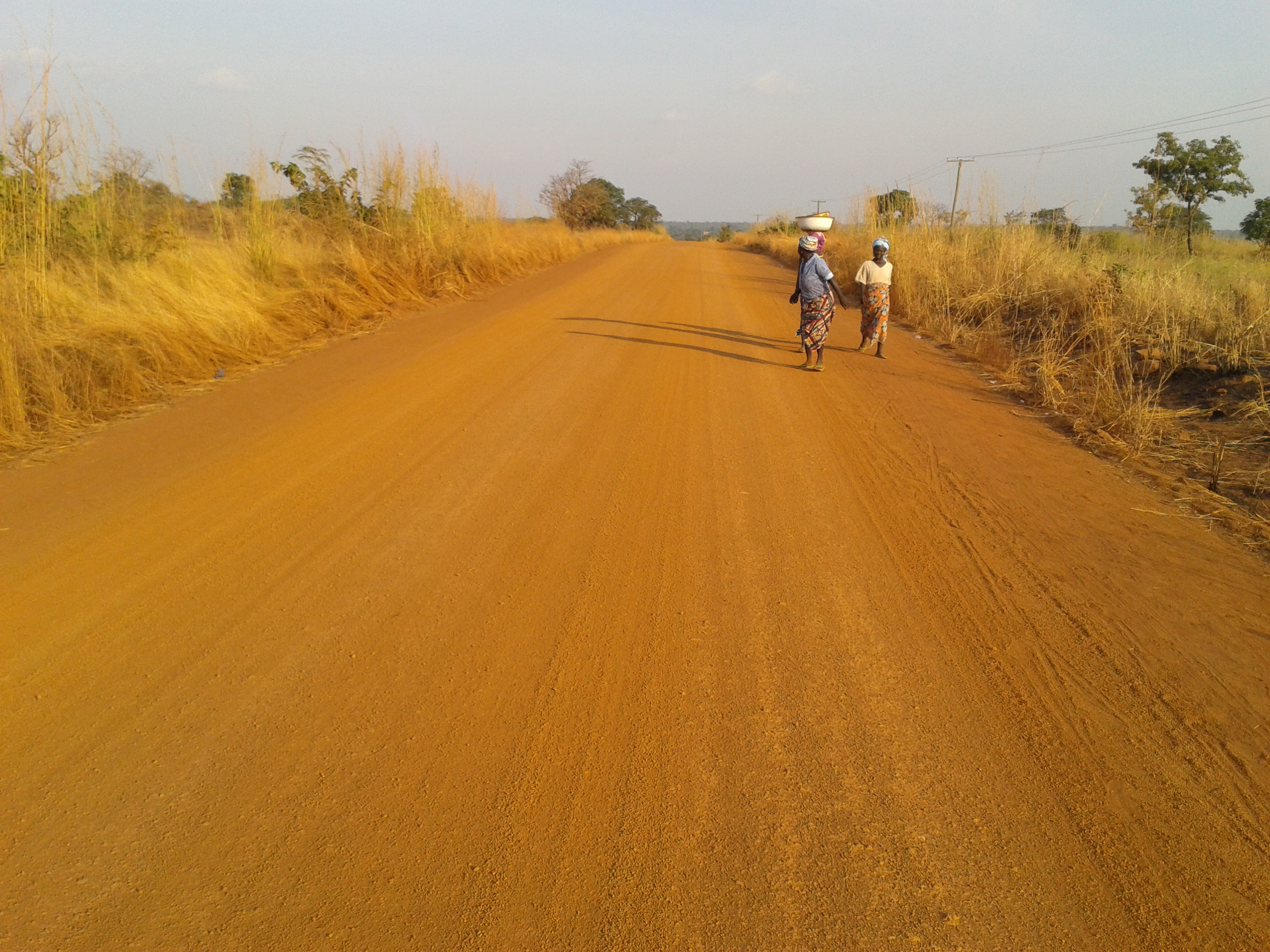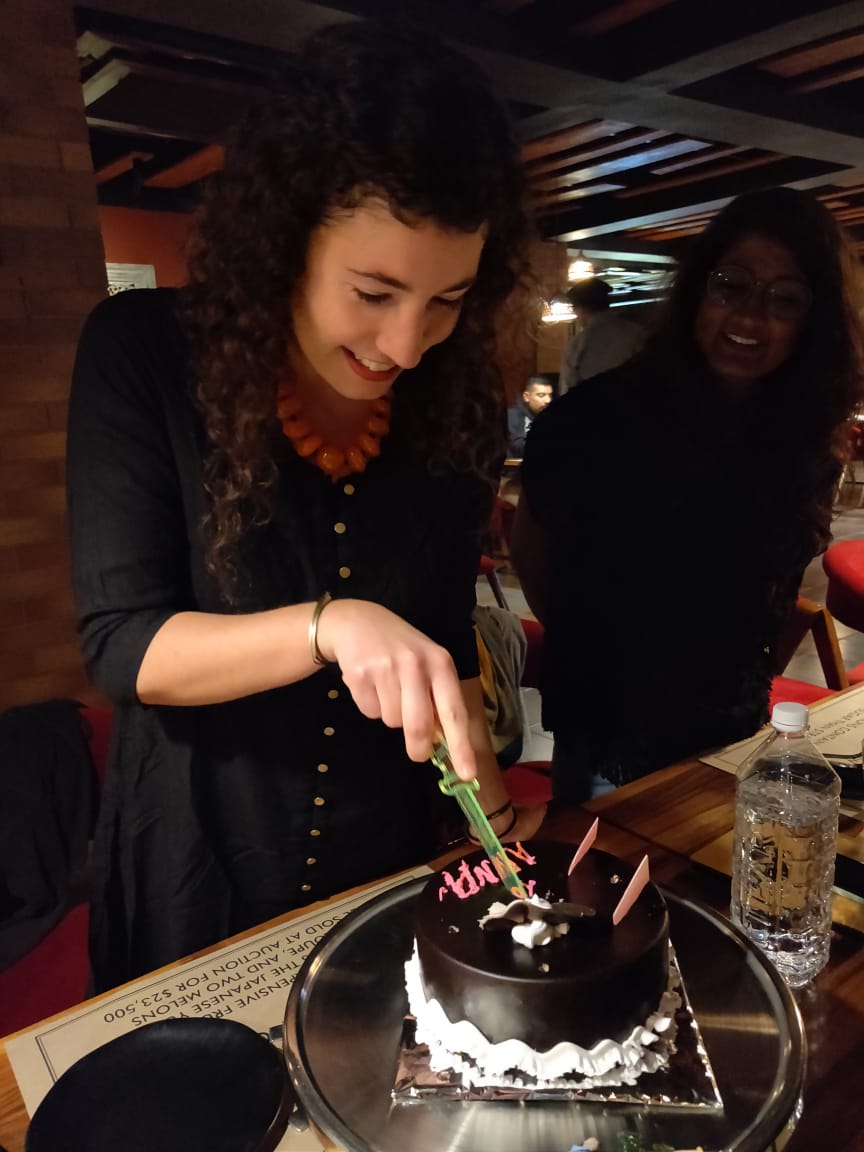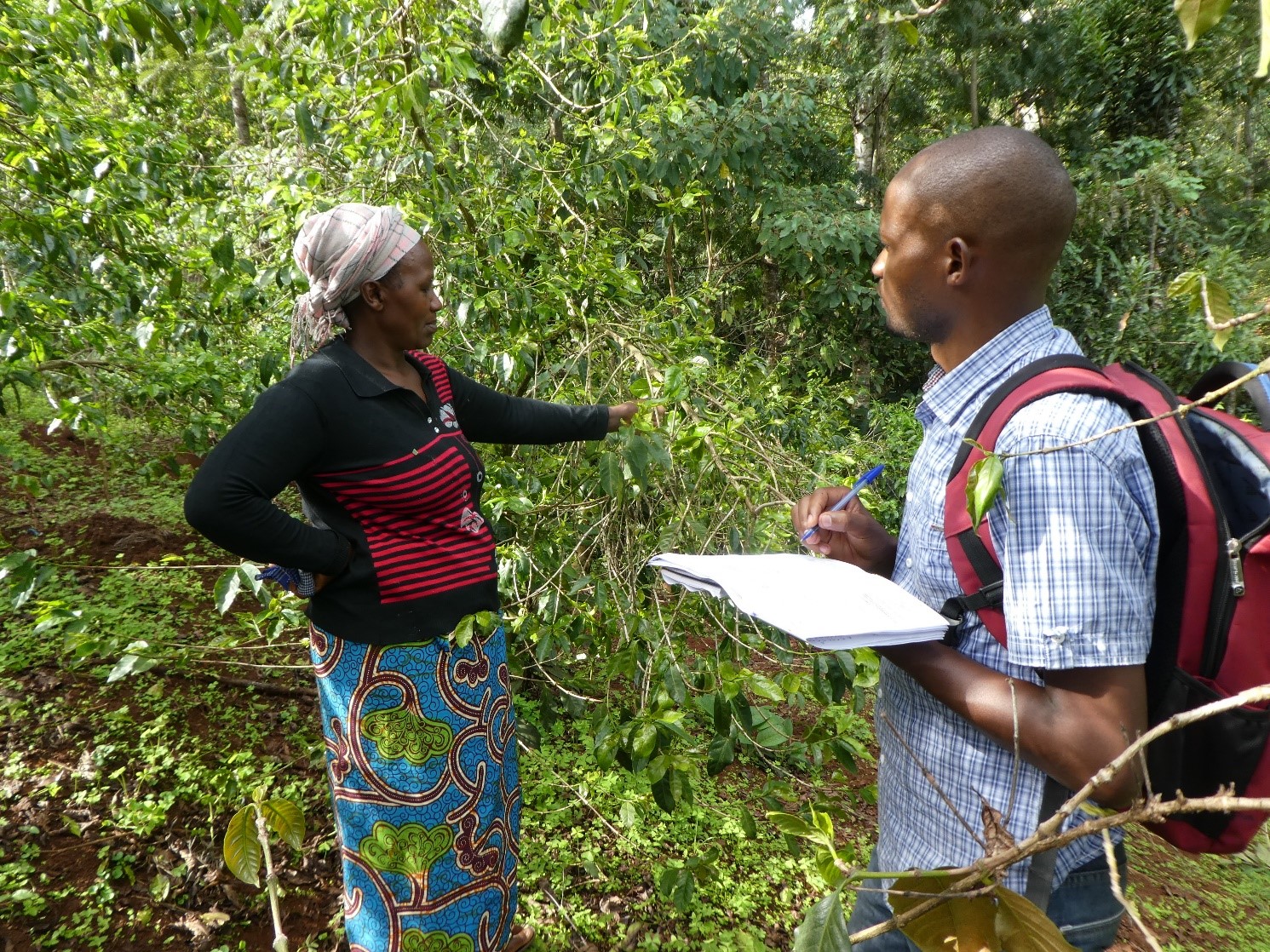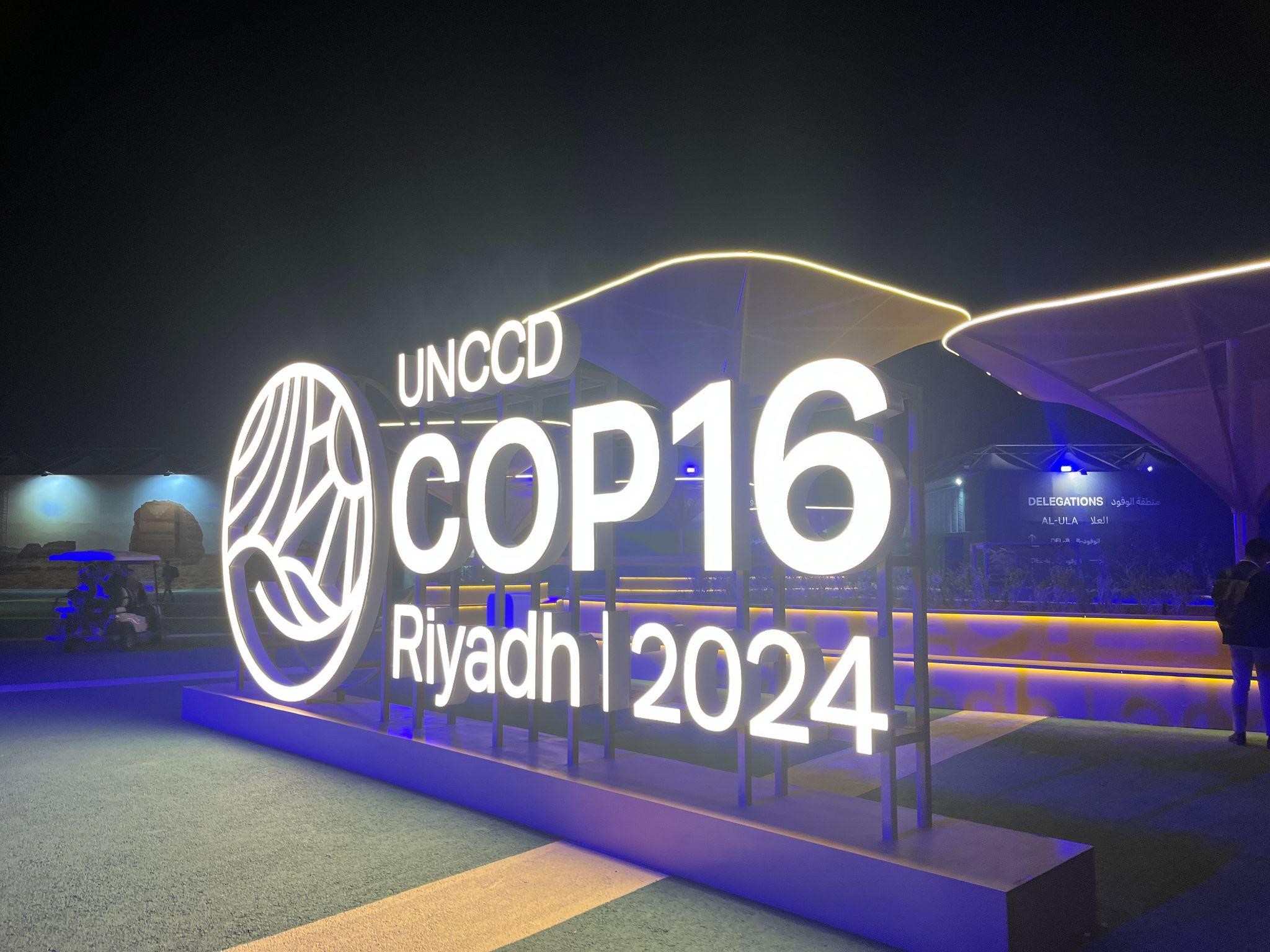More than Tarmac: Africa’s Roads are Pathways to Rural Development and Conflict
For some, roads are avenues for new business opportunities that provide access to new markets. For others, roads pave the way for deforestation, agricultural expansion, and biodiversity loss. In their research, Philipo Mtweve and Vincent Moseti study the impacts and varying perceptions of roads in Africa. They are both PhD students of Jun.-Prof. Dr. Lisa Biber-Freudenberger and team members of the project Land Use Synergies and Conflicts (LANUSYNCON) and the Collaborative Research Center Future Rural Africa at the University of Bonn.
Roads enhance access to goods, services, and economic opportunities. Improved road networks can therefore help smallholder farmers reach markets, facilitate rural-urban connectivity for off-farm employment, and support education by increasing school attendance. In addition, better roads contribute to improved access to healthcare and reduce maternal mortality rates. A well-developed road infrastructure is therefore essential for economic growth, social well-being, and overall development.
Governments view roads as valuable investments that stimulate economic growth and as symbols of authority and modernity. As a result, regions with limited road access are often overlooked and neglected. This can make people feel left behind, leading to frustration and discontent. In contrast, people in areas with more extensive road networks benefit from better access to information, as well as more civic education and participation in democratic processes.
“We found that scientific studies of roads often take a dichotomous perspective, looking at roads either as a means to stimulate economic growth or as a means to degrade natural ecosystems”.
Jacob Philipo Mtweve, lead author of a literature review on road impacts.
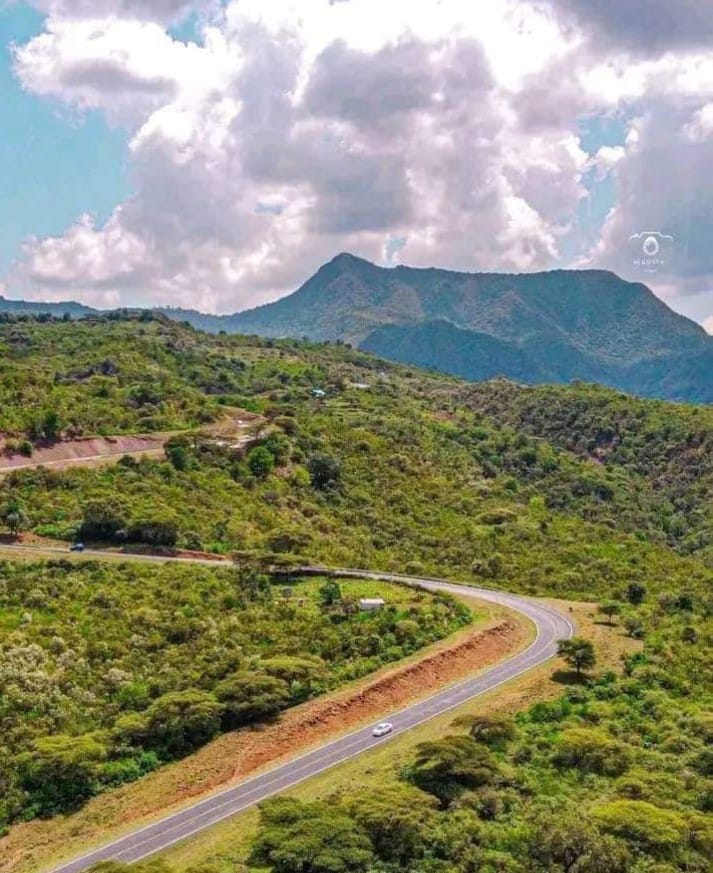
Few studies explore the trade-offs between road infrastructure development and environmental protection (Mtweve et al., 2025). However, a practical question that often arises in development planning is whether governments should build roads in order to support economic growth in biodiversity-rich areas, if this means compromising biodiversity protection.
Roads affect the environment in different ways. For example, ecologists have found that roads cause irreversible loss of biodiversity through roadkill, habitat fragmentation, ecosystem degradation, and noise, light and air pollution. Roads also cause land-use change and deforestation through legal and illegal logging and the expansion of agricultural land and settlements (Mtweve et al., 2025). On the other hand, well-maintained roads promote tourism and thus support conservation efforts by improving access to remote parks and reserves.
Financing mechanisms also link roads to development discourses. In much of the world, road infrastructure projects are financed through international loans – particularly in Africa. If these investments do not generate sufficient economic returns, the long-term accumulation of debt can hinder overall economic growth. In addition, long-term detrimental environmental impacts are likely to negatively affect local communities – an aspect not sufficiently taken into account in economic evaluations.
“We can’t just say that roads are good for the economy but bad for the environment. The picture is much more complex”.
Jun-Prof. Lisa Biber-Freudenberger.
While we can identify general trends and patterns, the impact of roads is highly contextual. Perceptions of roads and their impacts are shaped by cultural, demographic, and economic factors, that vary across different contexts. In impoverished rural areas, new roads are often welcomed to facilitate development and improve access to utilities like electricity, whereas in affluent neighborhoods they may be resisted. Road construction can increase property values in remote areas but may have the opposite effect in wealthier regions. Moreover, investments in roads do not always yield the expected economic benefits. This is particularly the case if residents lack the means to utilize them effectively, such as (not enough) vehicle ownership. Additionally, marginalized groups, such as small-scale farmers, may not benefit if they lack the resources (such as land) to expand and intensify their operations. Consequently, while roads may provide economic opportunities, they can also widen the gap between rich and poor. Rich people often have the means to benefit from roads, for example because they have the necessary capital to purchase more land for agricultural expansion. This is pushing smallholder farmers further away from the road. Therefore, while roads provide significant economic benefits, their broader impacts must be carefully assessed if they are to support sustainable development (Biber-Freudenberger et al., 2025).
Democracy and governance: Roads for whom, by whom and for what?
“We found that politicians in Kenya used road promises to secure votes during elections”,
Vincent Moseti.
Road development and politics are intertwined in multiple ways and investment in roads is often used as a political tool.When roads serve as political tools, they can distort government spending and perpetuate top-down implementation processes. Local communities and stakeholders are often consulted only to fulfill the legal requirements in the bidding process for public projects – rather than to address their concerns or genuinely incorporate their input. As a result, over time, public projects leave local communities feeling dissatisfied and disconnected. In some cases, procurement processes for land allocated for road construction are even tainted by corruption and lead to forced evictions of local communities.
While the primary objective of road construction is to benefit local communities, there are cases where roads are built to serve the interests of large corporations and wealthy individuals seeking access to natural resources. This often has a negative impact on local communities. Some traditional tribes resist road construction, because they perceive it as a threat to their cultural integrity and existence.
As noted above, governments often use roads for their own administrative purposes. This includes deploying police patrols to provide security, and delivering government services, such as electricity infrastructure, which is often built alongside roads. Increasingly, however, these same roads serve as platforms for protest, allowing citizens to voice their dissatisfaction with government policies or advocate for social change. Recently, Kenyan youth took to the streets to voice their discontent with the 2024 National Finance Bill. Conservationists and advocates have also mobilized when new road construction proposals threaten protected areas and other ecologically significant sites, such as national parks. Artistic expressions, including graffiti and murals, are often strategically placed along the roads to convey messages about culture, politics, and social issues.
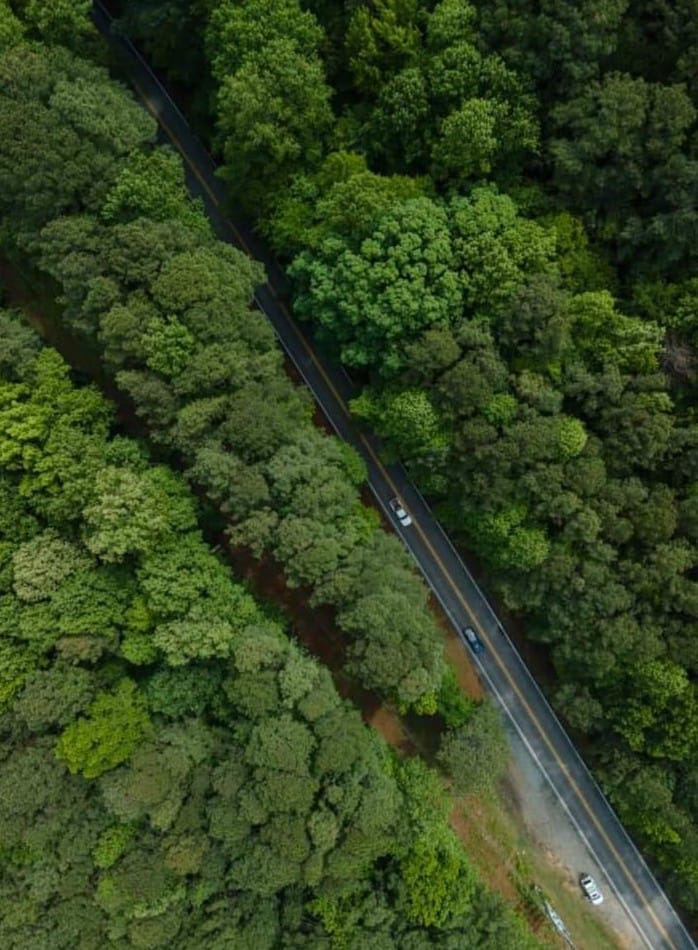
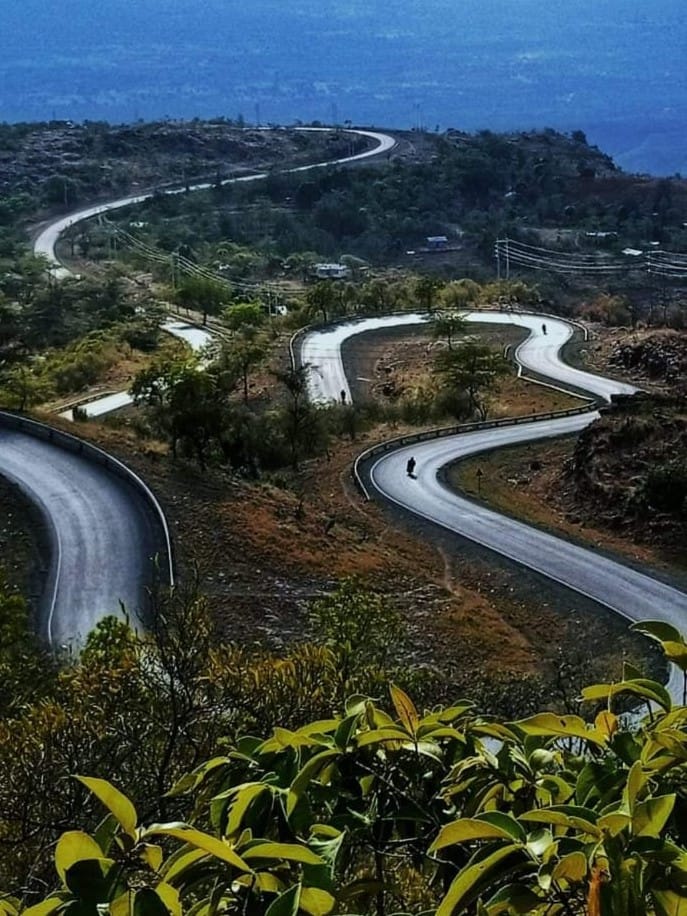
Balancing development and conservation: is sustainable road expansion in Sub-Saharan Africa possible?
Many countries in Sub-Saharan Africa are prioritizing the development of road infrastructure as a means to connect cities, foster economic growth, and alleviate poverty. However, these same countries are also often rich in biodiversity. Avoiding road building altogether does not appear to be a viable option. Instead of choosing between economic development and environmental protection, it may be possible to achieve both. By implementing integrated models that consider both livelihoods and biodiversity, countries can minimize trade-offs and maximize benefits. We suggest that the following steps would go a long way toward sustainable road development.
- Implement rigorous planning protocols
In most countries, a comprehensive Environmental Impact Assessment (EIA) is required before any major infrastructure project is approved. However, the enforcement of regulations and the impact of EIAs vary widely. As roads attract settlements, land-use plans are needed to limit changes in land use, especially in areas of high biodiversity. Thus, a transparent planning process and strong political commitment to EIA regulations is necessary.
2. Design infrastructure that is friendly for wildlife
Construct wildlife corridors, eco-bridges and underpasses to support wildlife movement and minimize animal roadkill in biodiversity-rich areas, such as parks. Implement green infrastructure solutions. Policymakers should integrate these measures into national transportation and conservation strategies, for example by providing incentives for wildlife-friendly infrastructure designs.
3. Strengthen governance measures
Strengthen governance measures by developing anti-corruption policies to ensure that local communities benefit from road projects too. Policymakers should establish clear accountability frameworks, enforce strict penalties for fraudulent practices, and promote public participation in infrastructure planning.
4. Make it a priority to get communities involved.
Prioritize community involvement, including the participation of indigenous groups in decision-making processes and the creation of safe spaces to express their views and opinions. Road developers should design projects that enhance local livelihoods while minimizing ecosystem degradation, for example by establishing a community-based monitoring systems.
Take-aways
Roads affect politics just as much as they do the economy and the environment. As Sub-Saharan Africa continues to build more roads, the landscape, economies, political processes, and social movements will be increasingly shaped by these road developments. It is critical for governments, developers, and communities to understand these dynamics, as they face difficult decisions about development, nature conservation and social change.
Authors
Philipo Mtweve and Vincent Moseti, Lisa Biber-Freudenberger
Photo credits
Roy Chemusian and Kaderi Noagah Bukari (feature photo on top)
Funding
This research is funded by Germany’s Federal Ministry of Education and Research (BMBF) und DFG CRC 228 Future Rural Africa Project A05
References
Biber-Freudenberger, L., Bogner, C., Bareth, G., Bollig, M., Dannenberg, P., Diez, J. R., … & Börner, J. (2025). Impacts of road development in Sub-Saharan Africa: A call for holistic perspectives in research and policy. iScience.
Mtweve, P., Moseti, V., Mahmood, N., Kramm, T., Bogner, C., Ibisch, P., & Biber-Freudenberger, L. (2025). Exploring socioeconomic and environmental impacts of road infrastructure development in Sub-Saharan Africa: A systematic literature review. Environmental Development, 101177.

